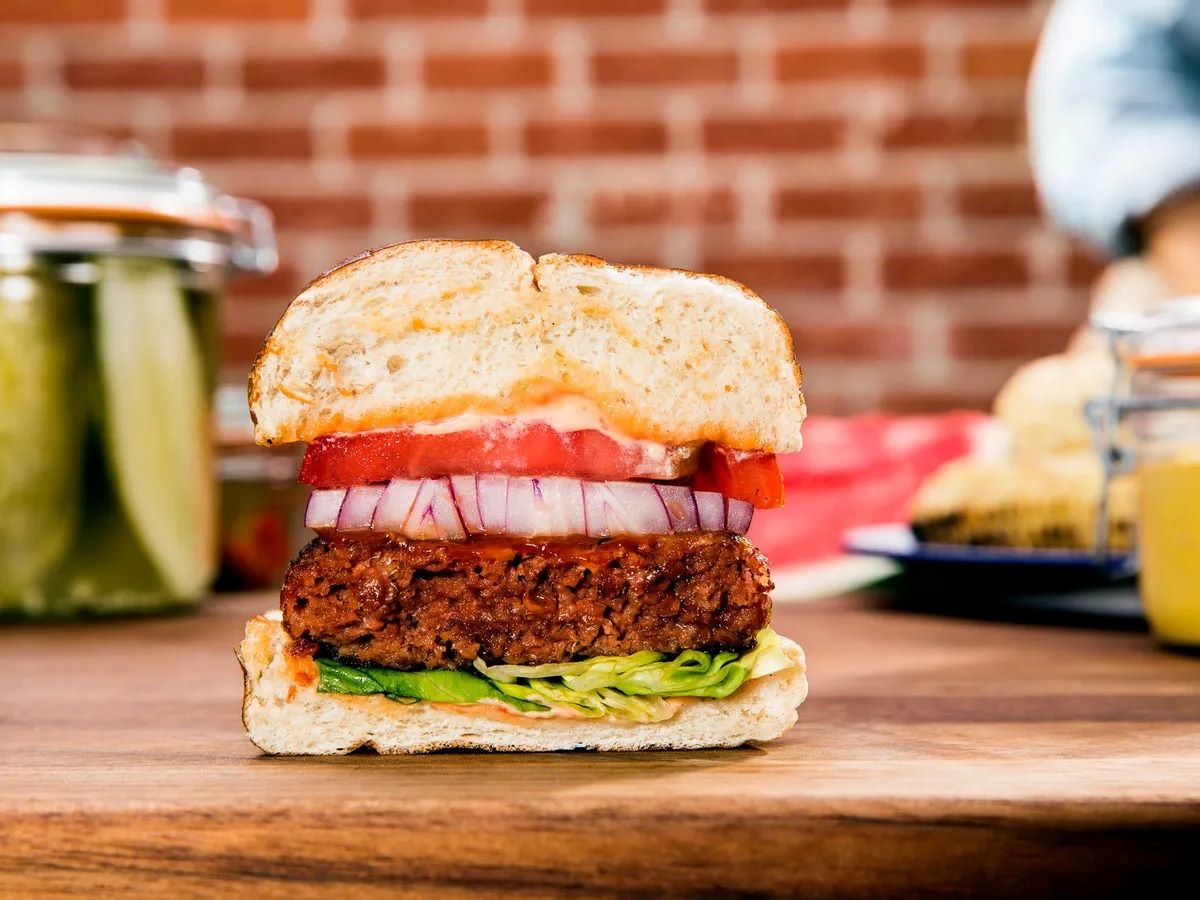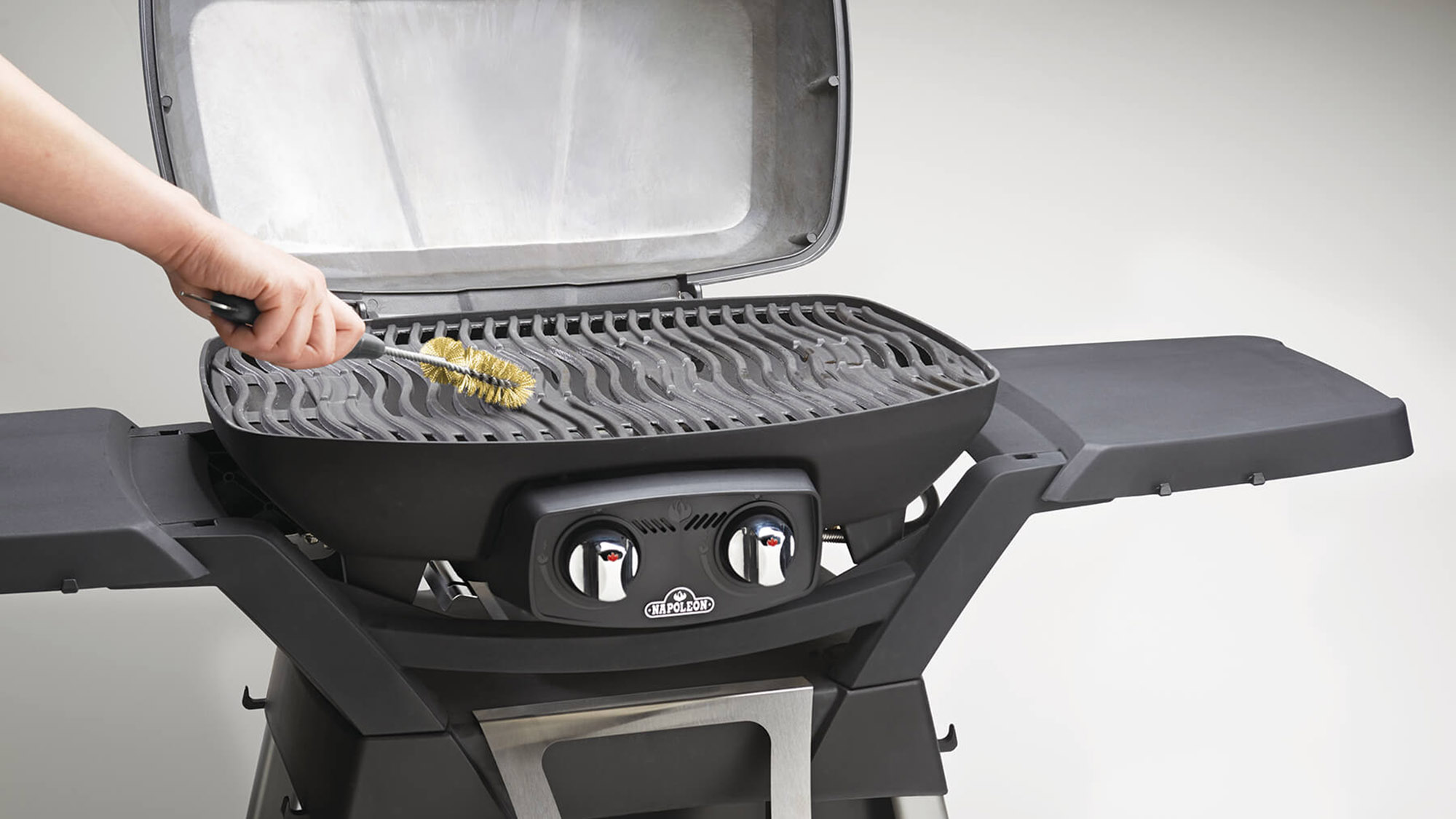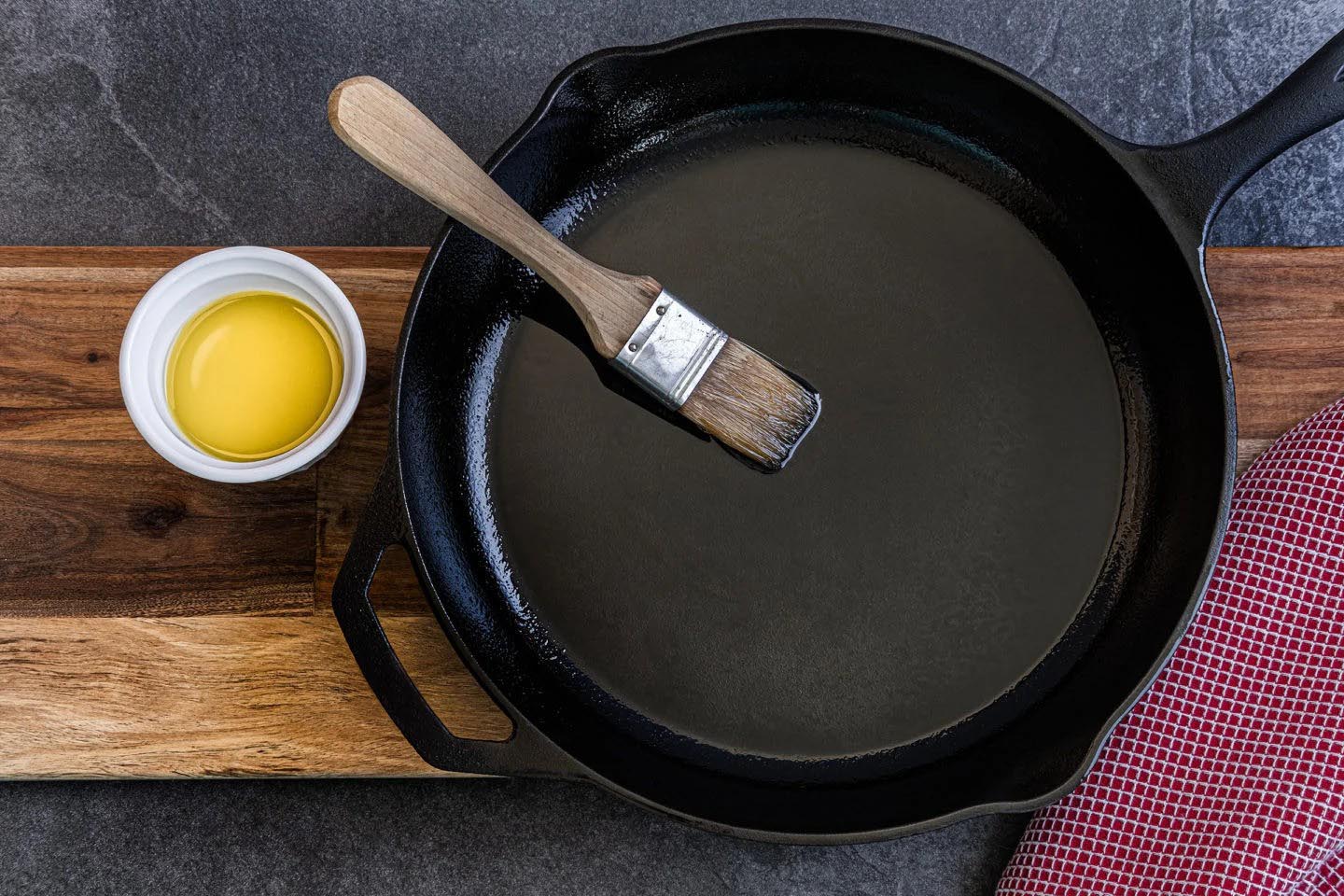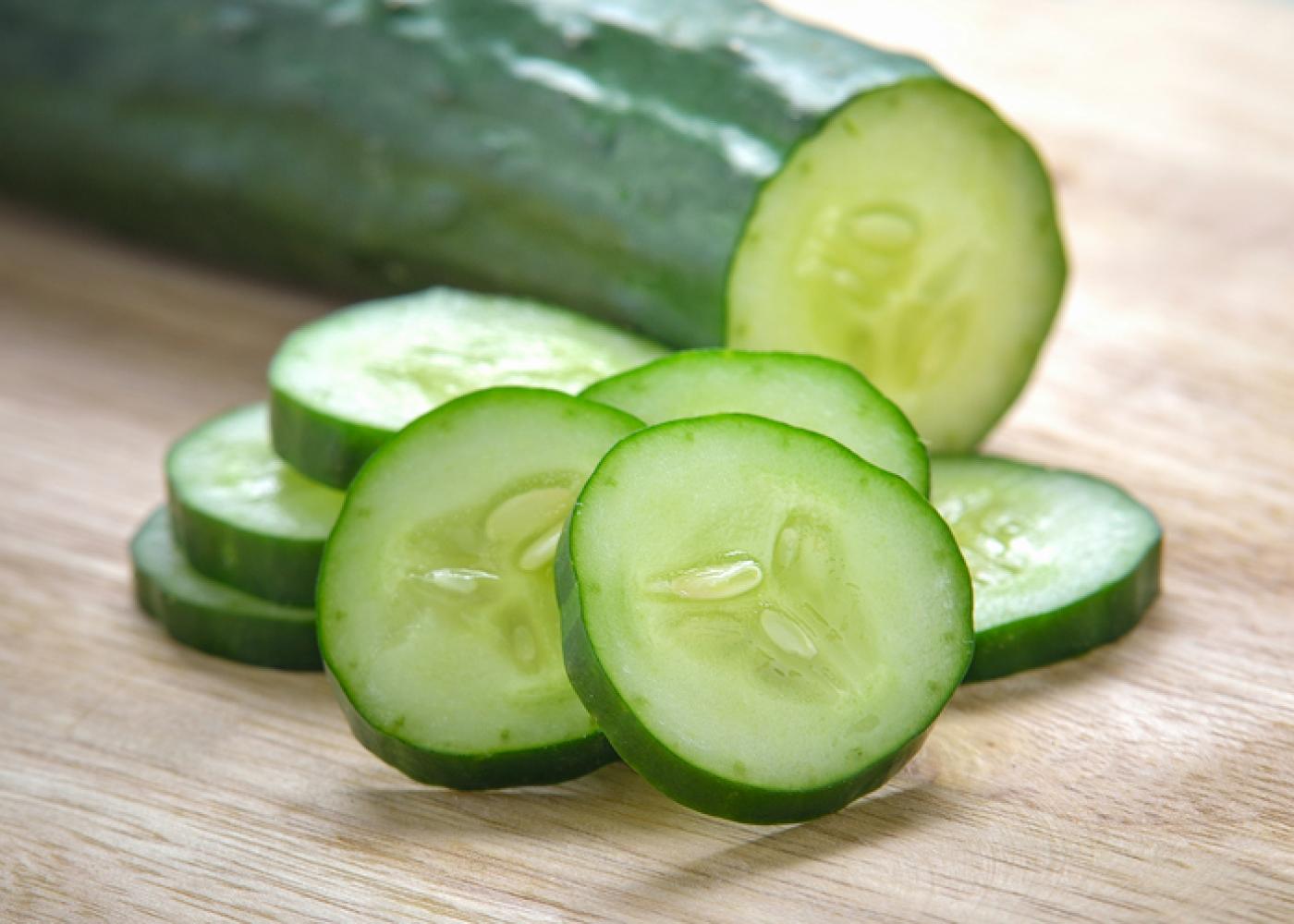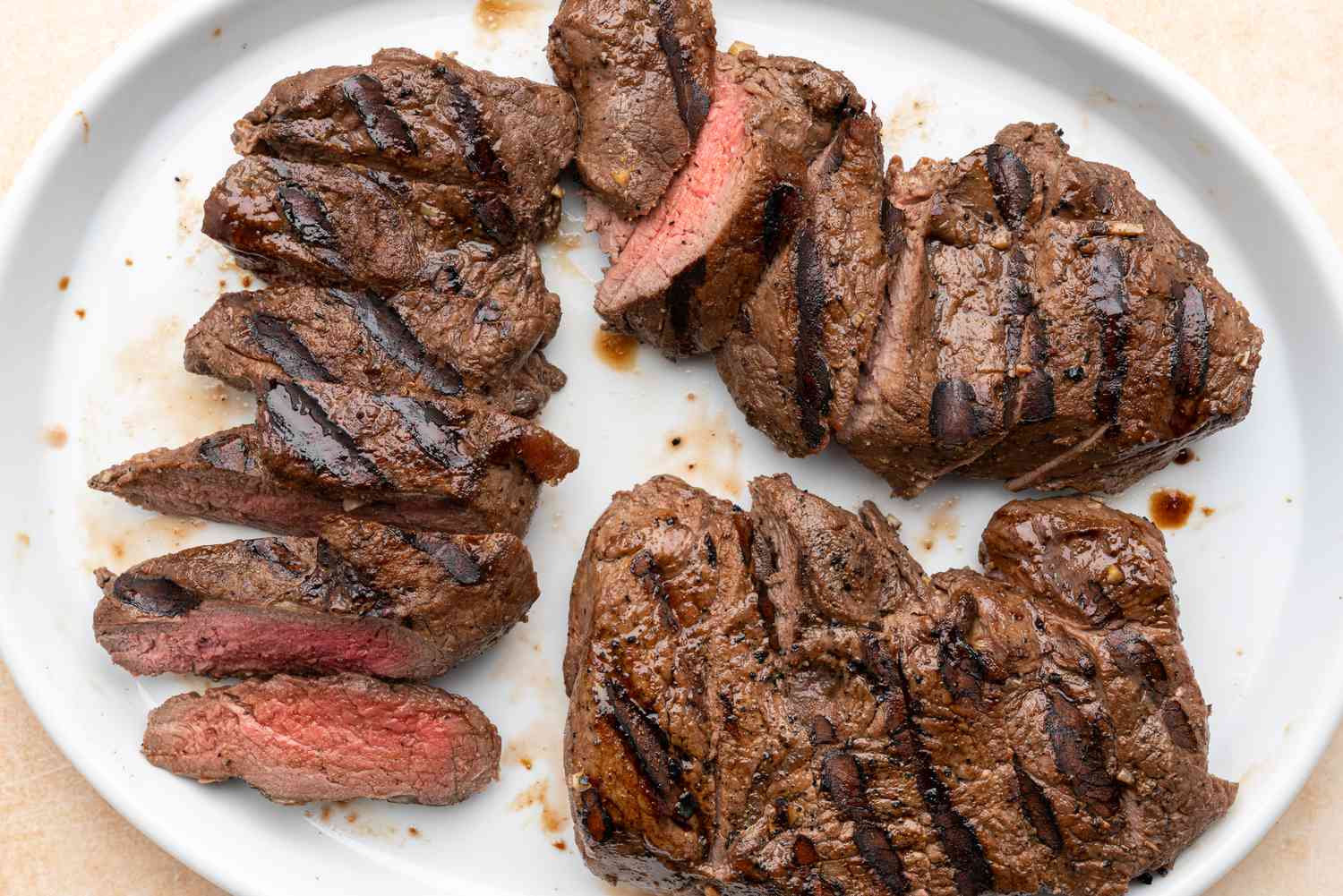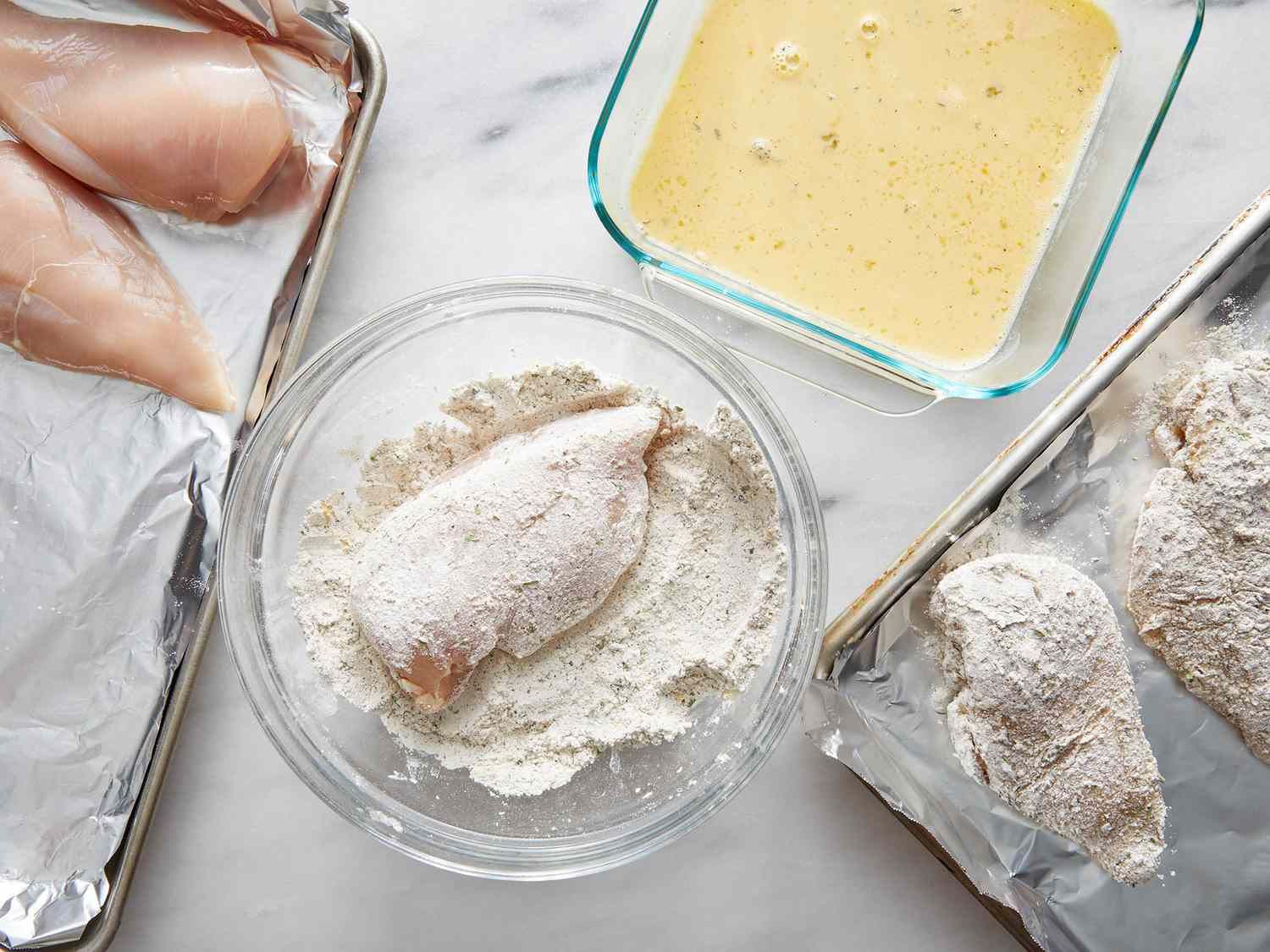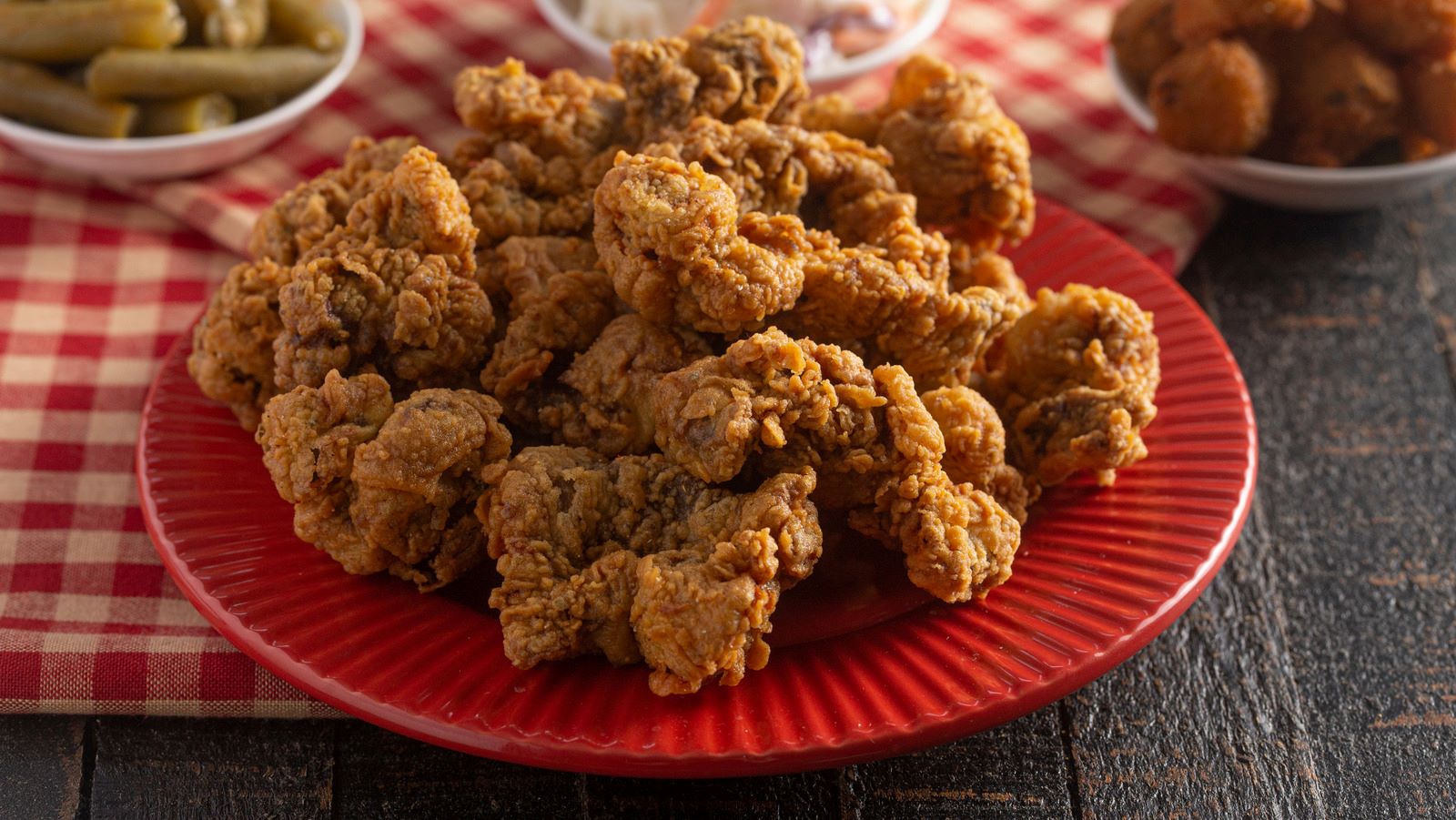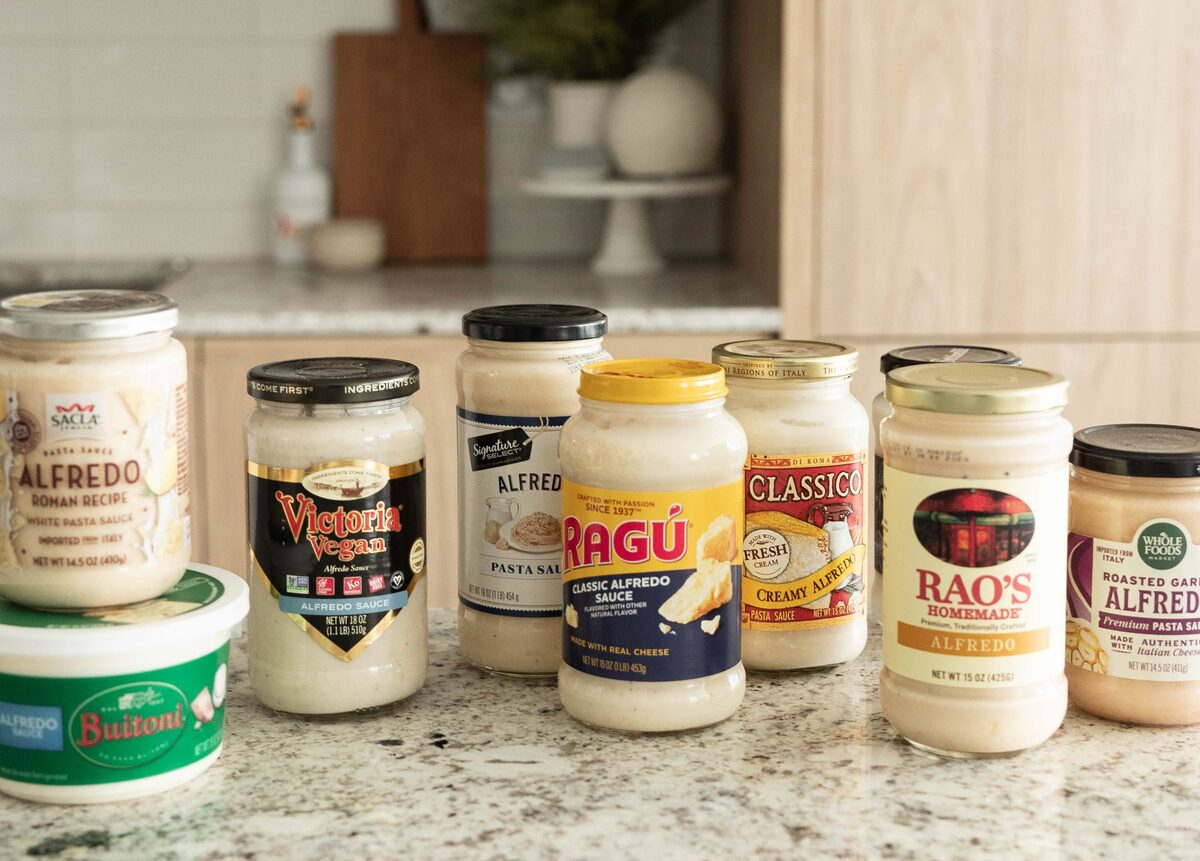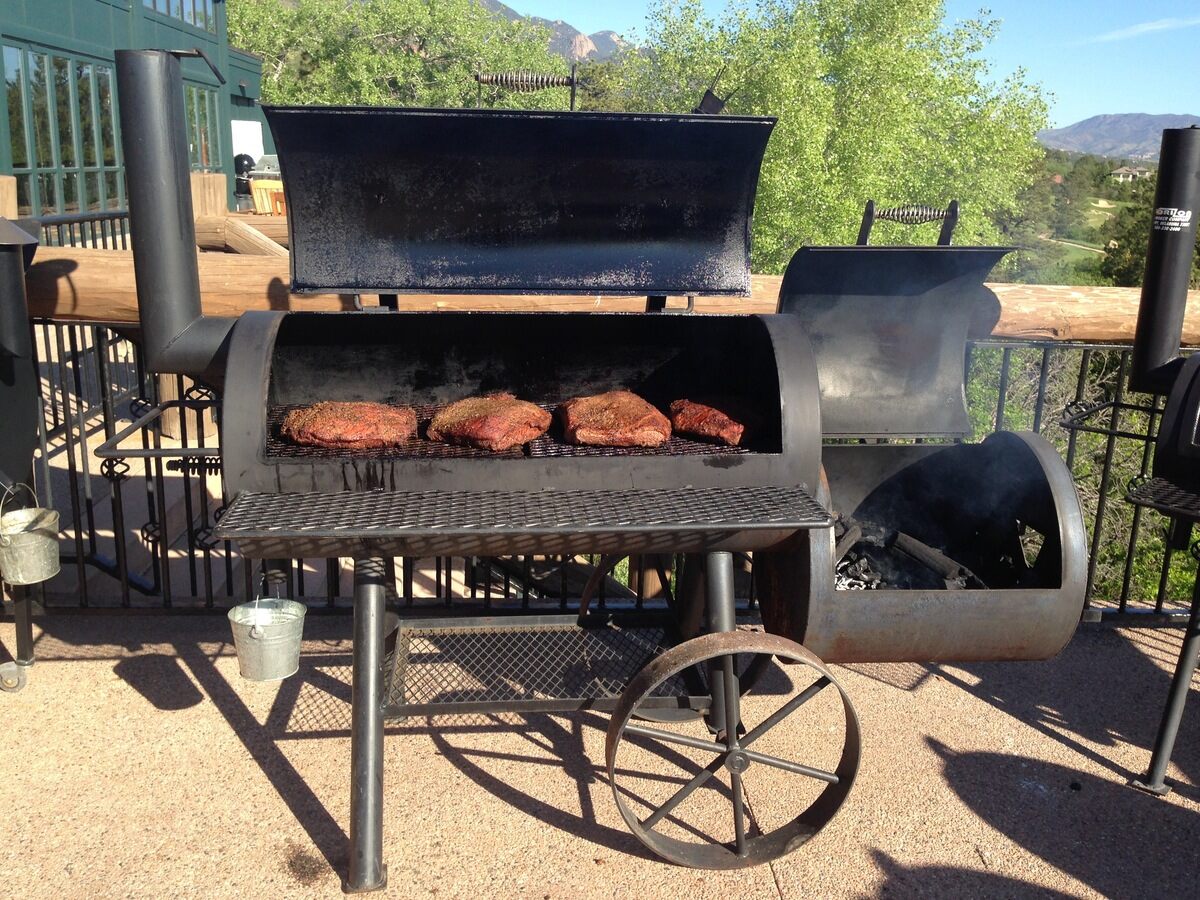Seasoning Your Pizza Steel: A Step-by-Step Guide
So, you’ve just purchased a brand new pizza steel and you’re eager to start making delicious, crispy pizzas at home. But before you get started, it’s important to properly season your pizza steel to ensure that it’s ready for use. Seasoning your pizza steel not only helps to prevent rust and corrosion, but it also creates a non-stick surface that will result in perfectly cooked pizzas every time. Here’s a step-by-step guide on how to season your pizza steel:
Step 1: Clean the Pizza Steel
The first step in seasoning your pizza steel is to ensure that it’s clean and free from any debris. Use a mild dish soap and warm water to thoroughly clean the surface of the pizza steel. Once clean, dry it completely with a clean towel.
Step 2: Apply a Thin Layer of Oil
Next, it’s time to apply a thin layer of oil to the pizza steel. Choose an oil with a high smoke point, such as flaxseed oil, vegetable oil, or canola oil. Using a paper towel, rub a thin layer of oil onto the entire surface of the pizza steel, including the edges. Be sure to remove any excess oil to avoid a sticky finish.
Step 3: Heat the Pizza Steel
Once the oil has been applied, it’s time to heat the pizza steel. Preheat your oven to 450°F (232°C) and place the pizza steel on the middle rack. Allow the pizza steel to heat for about 1 hour, allowing the oil to polymerize and form a durable, non-stick coating.
Step 4: Cool and Repeat
After the initial heating, allow the pizza steel to cool completely in the oven. Once cooled, repeat the oil application and heating process 2-3 more times to further build up the seasoning on the pizza steel.
Tips for Maintaining Your Seasoned Pizza Steel
Now that you’ve successfully seasoned your pizza steel, it’s important to maintain its seasoning for optimal performance. Here are a few tips to keep your pizza steel in top condition:
- After each use, wipe the pizza steel with a clean, dry cloth to remove any food residue.
- Avoid using soap or abrasive cleaners, as they can strip away the seasoning.
- If you notice any areas where the seasoning has worn off, simply re-season those spots by applying a thin layer of oil and heating the pizza steel in the oven.
By following these simple steps, you can ensure that your pizza steel is properly seasoned and ready to use for all your homemade pizza creations. With a well-seasoned pizza steel, you’ll be on your way to baking delicious, crispy pizzas that rival those from your favorite pizzeria.
